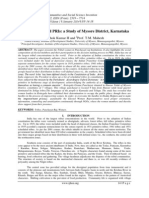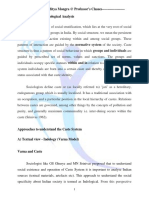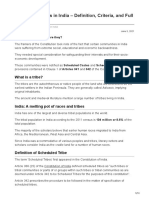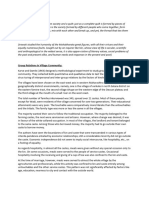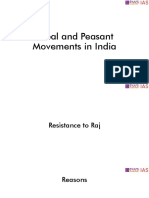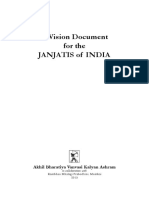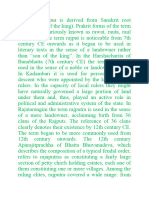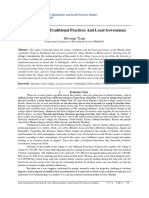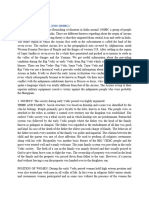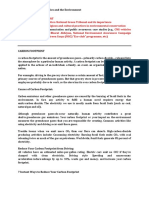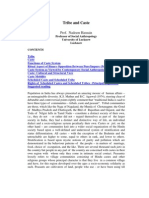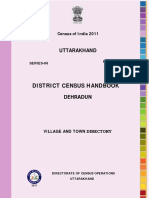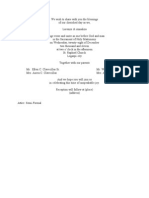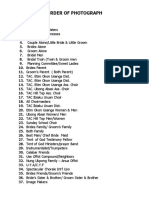0% found this document useful (0 votes)
384 views6 pagesThe Raji Tribe of Uttrakhand in Globali
This document summarizes a research paper about the impact of globalization on the Raji tribe of Uttarakhand, India. The Raji tribe is one of the smallest and most economically/educationally backward tribes in the region. The paper explores how globalization is affecting the Raji tribe, though it is still in an early stage. It provides demographic information about the Raji tribe, noting their traditional hunter-gatherer lifestyle and current transition to small-scale agriculture and wage labor. While globalization is beginning to influence the Raji tribe, they have been only moderately impacted so far and are interested in adapting to its effects.
Uploaded by
Piru JohnCopyright
© © All Rights Reserved
We take content rights seriously. If you suspect this is your content, claim it here.
Available Formats
Download as PDF, TXT or read online on Scribd
0% found this document useful (0 votes)
384 views6 pagesThe Raji Tribe of Uttrakhand in Globali
This document summarizes a research paper about the impact of globalization on the Raji tribe of Uttarakhand, India. The Raji tribe is one of the smallest and most economically/educationally backward tribes in the region. The paper explores how globalization is affecting the Raji tribe, though it is still in an early stage. It provides demographic information about the Raji tribe, noting their traditional hunter-gatherer lifestyle and current transition to small-scale agriculture and wage labor. While globalization is beginning to influence the Raji tribe, they have been only moderately impacted so far and are interested in adapting to its effects.
Uploaded by
Piru JohnCopyright
© © All Rights Reserved
We take content rights seriously. If you suspect this is your content, claim it here.
Available Formats
Download as PDF, TXT or read online on Scribd
/ 6
